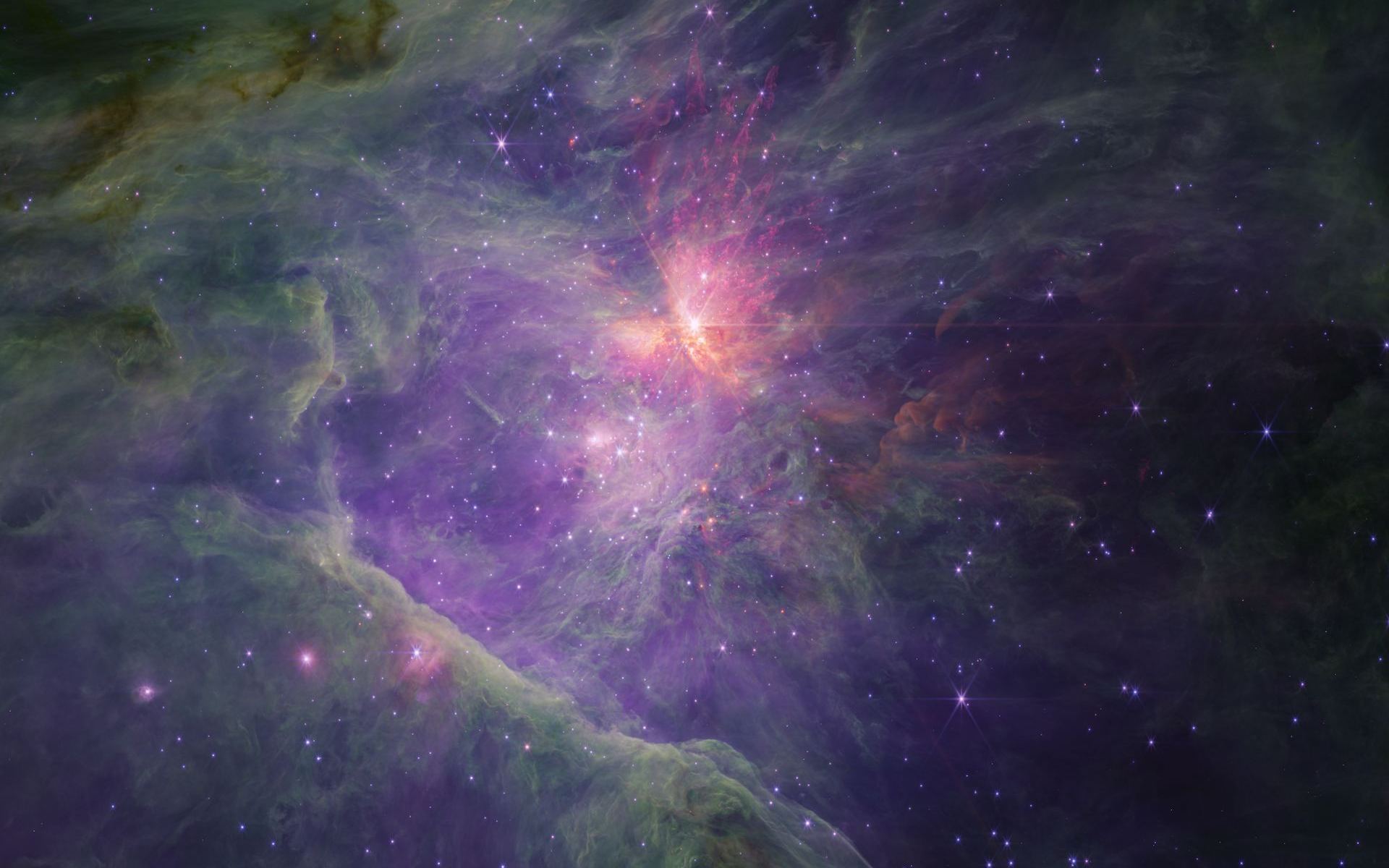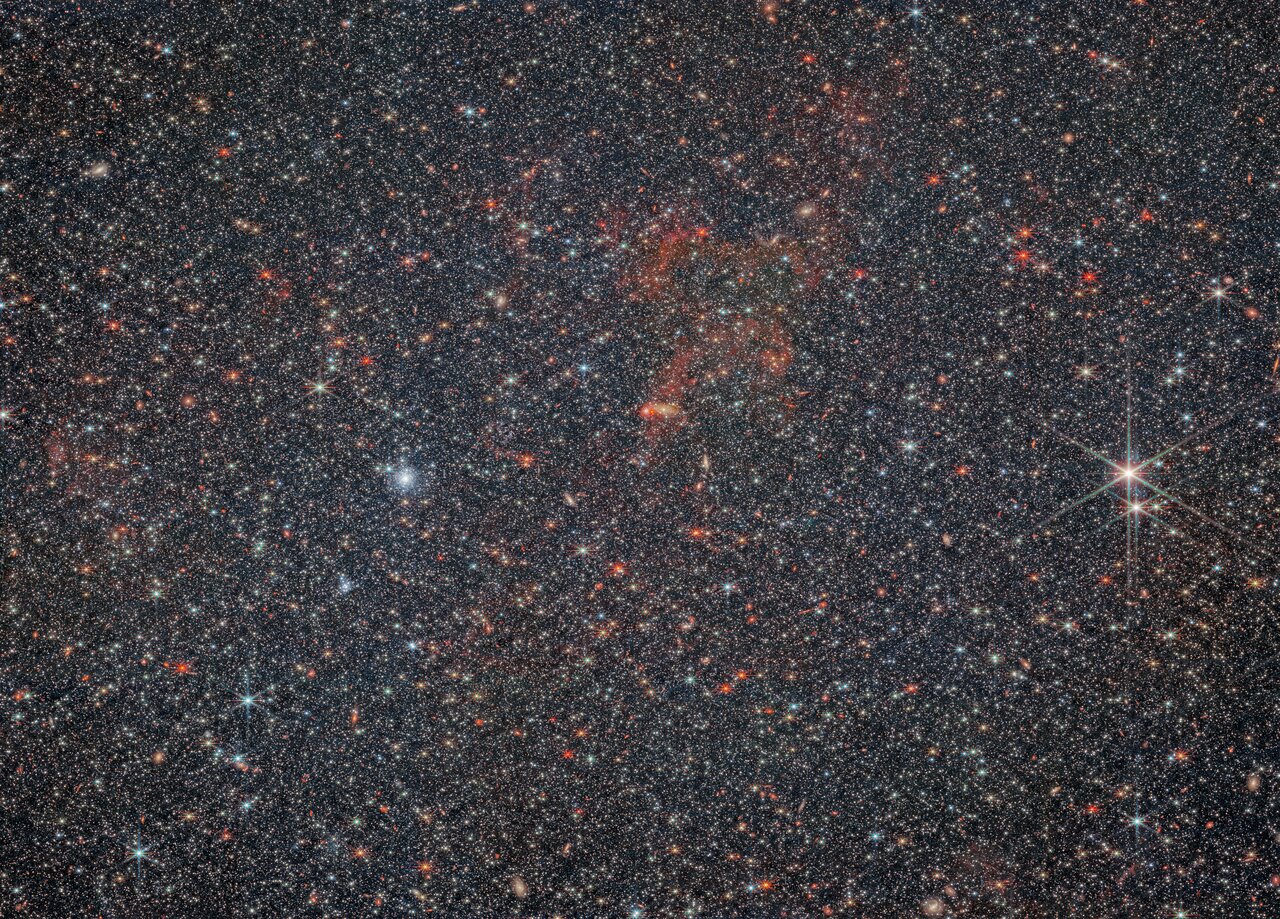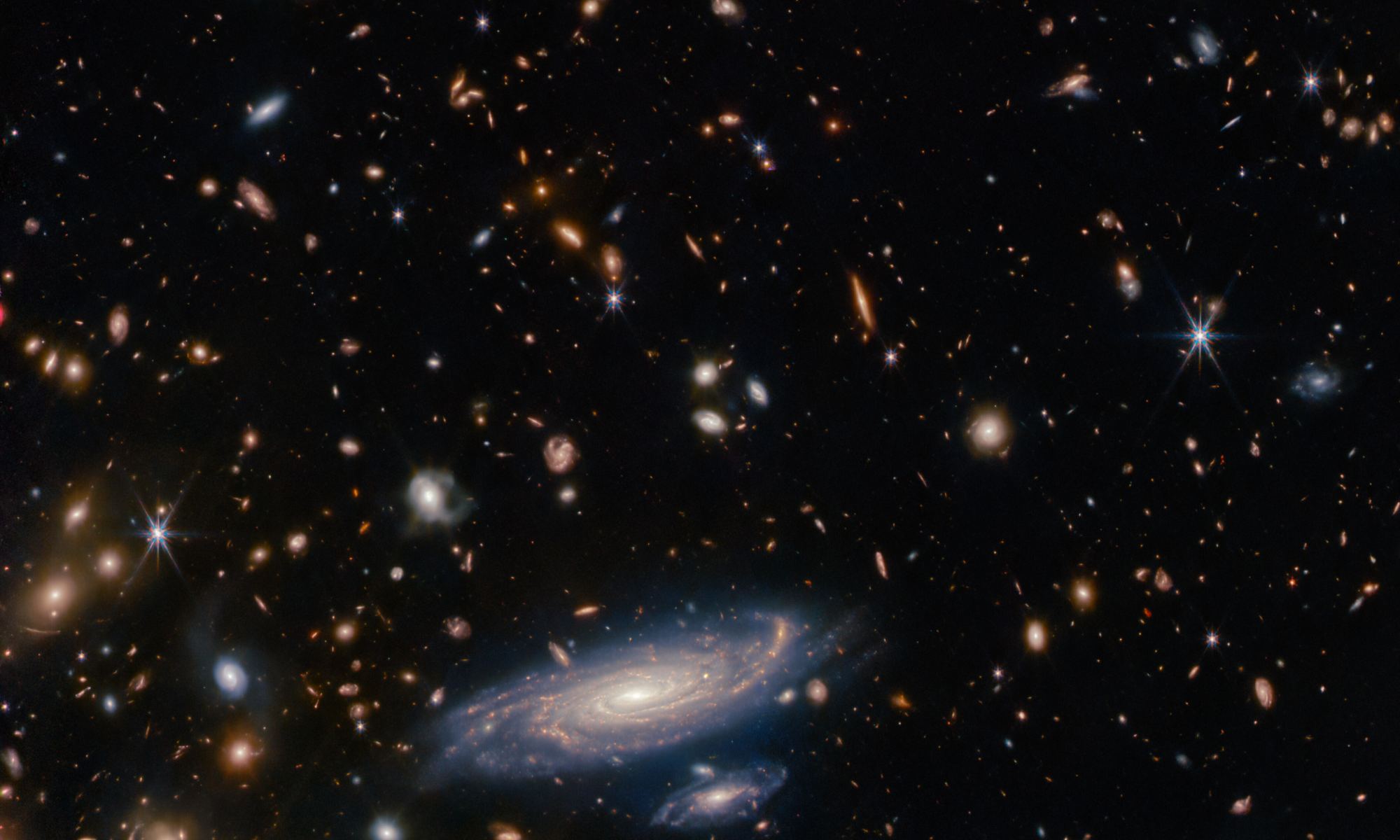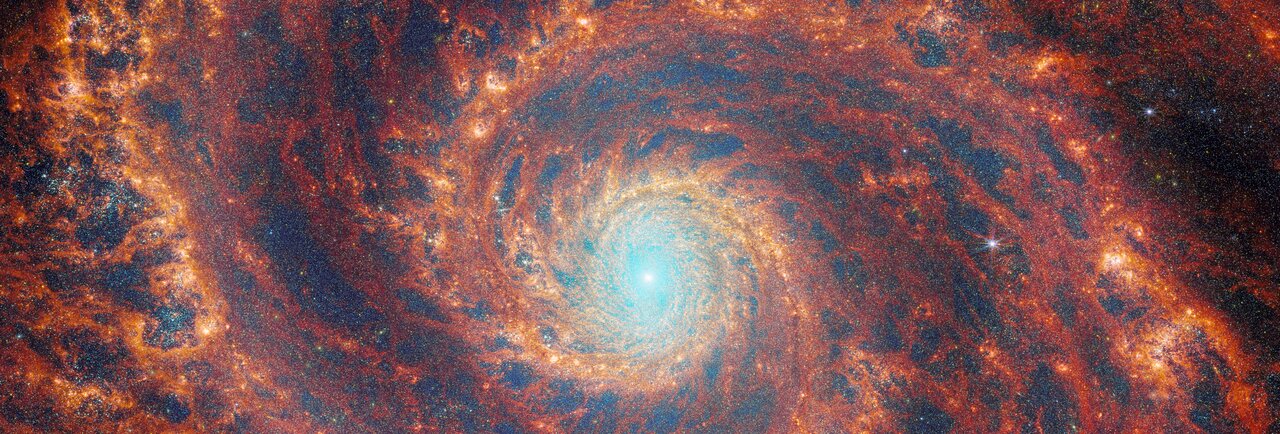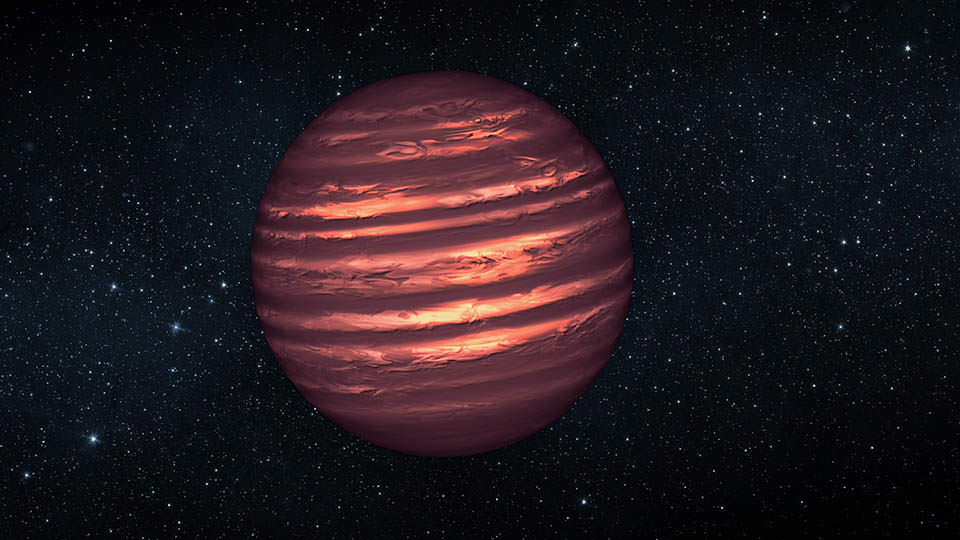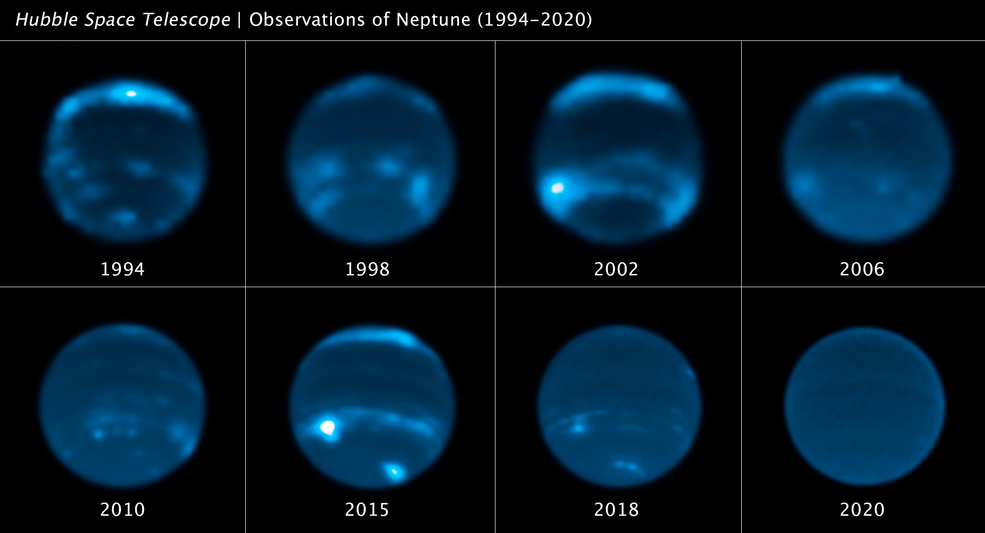It appears that rogue planets – free floating worlds that aren’t gravitationally bound to a parent star – might be more common than we thought. New data from the James Webb Space Telescope have revealed 540 (yes, that’s right) planetary-mass objects in the Orion Nebula and Trapezium Cluster.
If confirmed, this would be by far the largest sample of rogue planets ever discovered.
Continue reading “Hundreds of Free-Floating Planets Found in the Orion Nebula”
